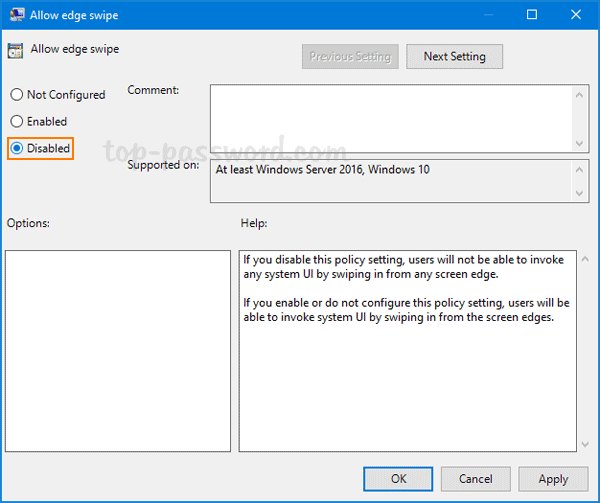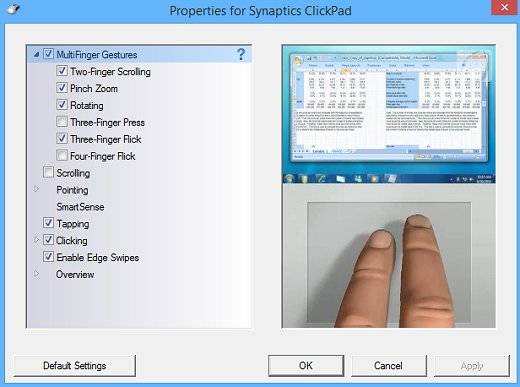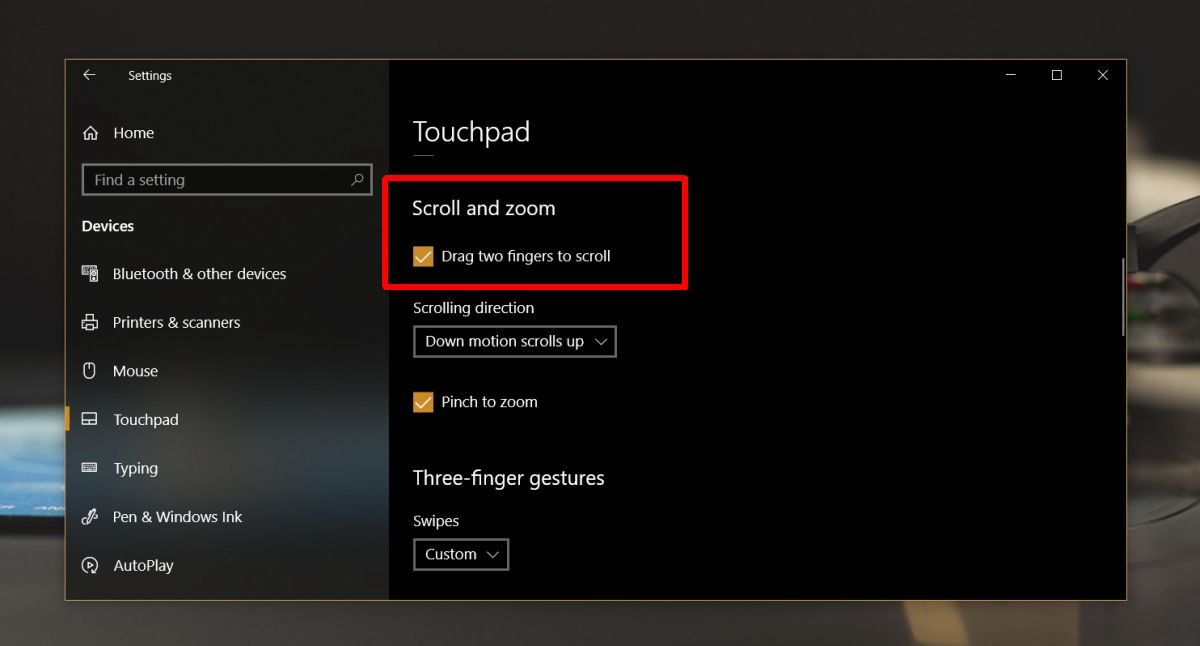
 Enabling/disabling screen edge swipes via Group Policy. In this post, we will focus on the two quickest methods that you can use to either enable or disable it: There are several ways you can go about managing the edge swipe feature in Windows. How to Disable Touchscreen Edge Swipes in Windows 10 Below, we will give you several ideas on how to fix this. If you are having trouble disabling the swipe feature on Windows 10, you’ve come to the right place. A lot of users find the “swipe in from the left” feature the most annoying and end up looking for ways on how to disable the left swipe on Windows 10.
Enabling/disabling screen edge swipes via Group Policy. In this post, we will focus on the two quickest methods that you can use to either enable or disable it: There are several ways you can go about managing the edge swipe feature in Windows. How to Disable Touchscreen Edge Swipes in Windows 10 Below, we will give you several ideas on how to fix this. If you are having trouble disabling the swipe feature on Windows 10, you’ve come to the right place. A lot of users find the “swipe in from the left” feature the most annoying and end up looking for ways on how to disable the left swipe on Windows 10. 
However, some users may find the feature inconvenient as they may end up swiping accidentally, which can be quite a nuisance.

In a lot of instances, this can be quite a handy feature to have on board as it lets you access specific system UI elements quickly, with just a simple swipe.
If you swipe in from the bottom, you will be able to view the Taskbar in full-screened apps in tablet mode or when the Taskbar is auto-hidden. If you swipe in from the top, this will bring up a full-screened app’s title bar in tablet mode. If you swipe in from the left, you will see all of your open apps in Task View. If you swipe in from the right side of your screen, the Action Center will open. The Windows 10 edge swipe feature lets you swipe in from a screen edge to bring up different system UI elements: “What If I Can’t Disable Edge Swipes in Windows 10?” So, if you are also looking for ways to get rid of edge swipes in Windows, keep reading this post to learn methods on how to do just that. For some, it gets in the way of daily operations, and others simply don’t see any advantages to having it enabled. We have recently received quite a few questions from Windows 10 users asking to help them get rid of the screen edge swipe feature on Windows 10.







 0 kommentar(er)
0 kommentar(er)
